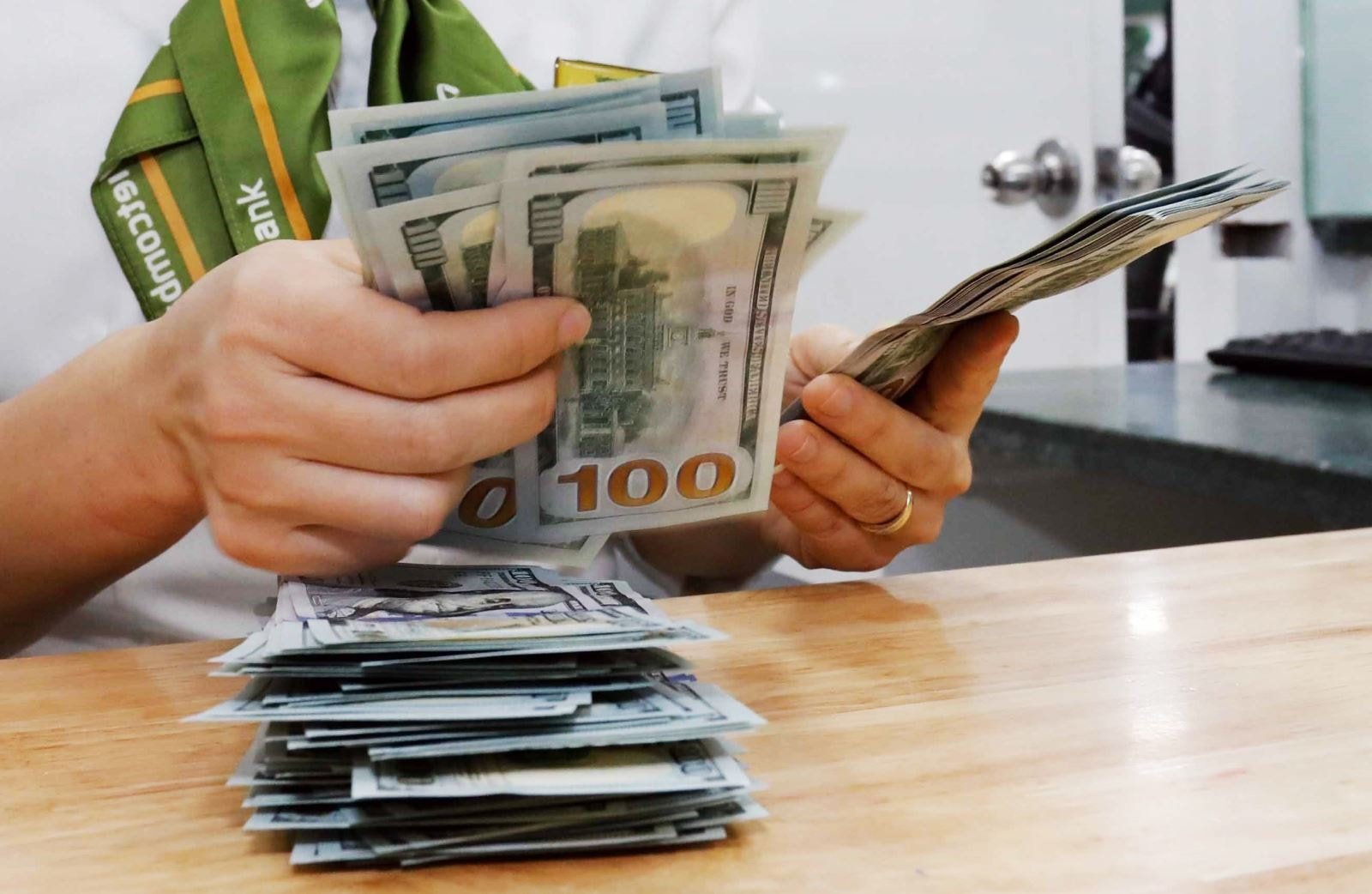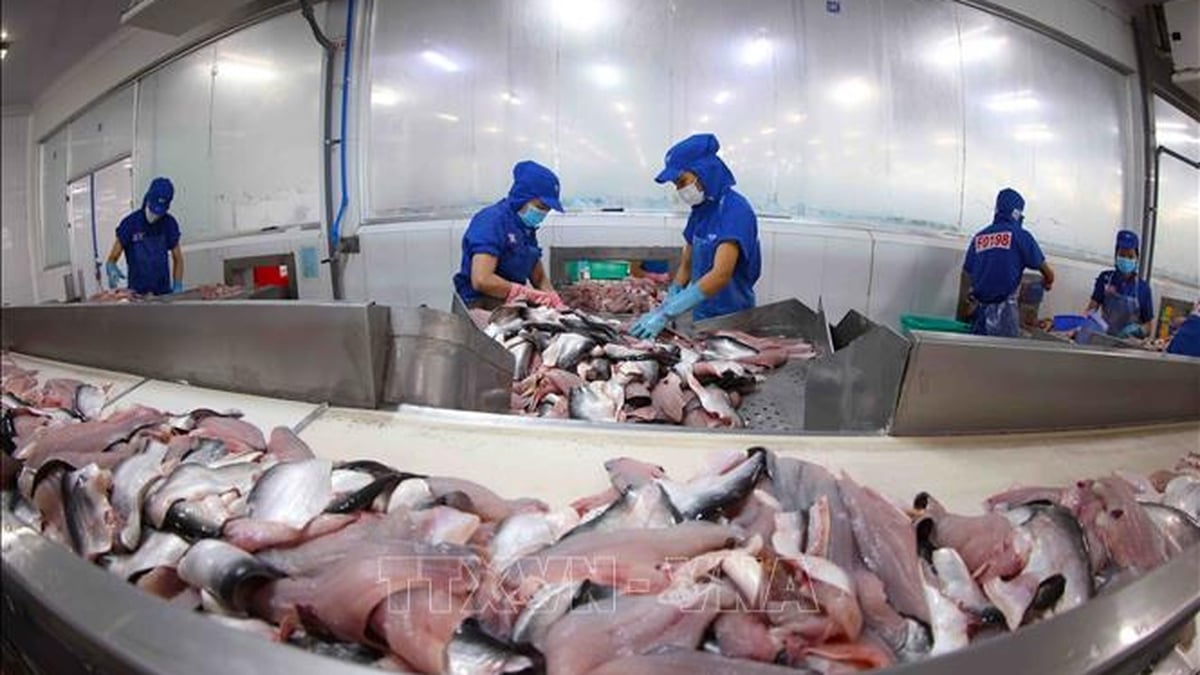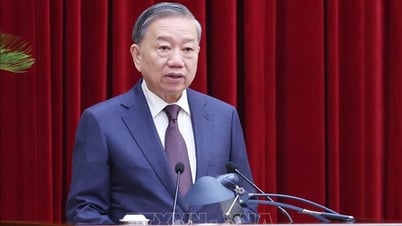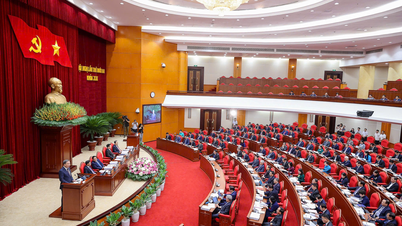The US dollar has posted its third straight weekly gain, recovering from a multi-year low in mid-April. The DXY index has finally broken slightly above the psychological 100 level, though it has yet to make a clear breakthrough. The greenback has fallen nearly 9% since its March peak, even falling below 98 at one point.
The recent recovery has been largely driven by a thaw in trade tensions between the US and China, with the meeting between the two sides in Switzerland expected to yield positive results.
In addition, US government bond yields also increased sharply during the week, contributing to maintaining the strength of the greenback, especially after the Fed kept interest rates unchanged and Chairman Jerome Powell sent a tough message as expected.
Market sentiment was also supported by signs that President Donald Trump may lower tariffs on Chinese imports. The previous rate was 145%, but Trump suggested that 80% “seems reasonable,” opening the door to a possible policy shift.
In addition, the US and UK have announced a new trade agreement, allowing US goods to access the UK market more easily, while the UK receives certain tax incentives. However, analysts say this is only a small step, as most import tariffs from the UK will remain at the basic rate of 10%.
Mr Trump’s softening of trade policy appears to reflect a strategic response to market volatility. He has previously scaled back tariff threats after the stock market plunged, stopped attacking the Fed chairman and praised largely symbolic deals with Canada and Mexico.
But economists warn that tariffs are a double-edged sword. While they may slow inflation in the short term, they can have the opposite effect, raising prices, reducing purchasing power and slowing growth.
If these risks become more serious, the Fed may have to reconsider its current cautious monetary policy, depending on how economic data evolve.

The US Federal Reserve kept interest rates unchanged at its meeting on Wednesday, as expected, but warned of growing risks to both inflation and employment in the near term.
In a statement after the meeting, the Fed said the economy was still growing steadily, and that the weakness in the first quarter was largely due to consumers and businesses increasing imports to avoid new tariffs.
Speaking after the meeting, Fed Chairman Jerome Powell affirmed that the US economy remains strong, but did not hide his caution about the current situation. He said that any future interest rate decisions will depend on economic data, and may include options to keep or cut. The Fed is moving towards a more flexible direction, as trade tensions and global uncertainty complicate the domestic economic outlook.
On the US dollar side, despite signs of a slight recovery in recent sessions, the currency remains under pressure. Concerns about the possibility of stagnation, i.e. high inflation coupled with slow growth, are making investors cautious. The weakening of the USD is largely due to the impact of tax policy, domestic slowdown and uncertain economic sentiment.
Inflation remains above the Fed’s 2% target, with measures like the CPI and PCE indicating that price pressures remain strong. This makes it unlikely that the Fed will cut rates anytime soon, especially when the labor market remains relatively strong.
Although the unemployment rate remained at 4.2% and nonfarm payrolls reached 177,000 in April, experts said the figures did not fully reflect the impact of the new tariffs, which will become clearer in upcoming reports.
In addition, consumer inflation expectations have also risen sharply. According to the latest survey by the New York Fed, Americans expect prices to rise 3.6% over the next year, the highest since October 2023. However, in the long term, expectations remain stable, indicating continued confidence in the Fed's ability to control inflation.
Overall, the USD remains in a state of flux amid many conflicting factors: persistent inflation, trade uncertainty and weak economic fundamentals. The market is therefore preparing for a volatile period, with the expectation that the Fed will continue to maintain a cautious stance in the coming period.
Next week, all eyes will be on the new US inflation reports. Two important indicators, the Consumer Price Index (CPI) and the Producer Price Index (PPI) for April, will give the market a clearer view of price trends and the next direction of monetary policy from the Fed.
Beyond policy, developments in the US-China trade negotiations will continue to influence financial markets. While recent developments are unclear, any positive signals could impact investor sentiment and the value of the US dollar.
Source: https://baonghean.vn/phan-tich-du-bao-gia-usd-tuan-nay-12-5-18-5-10297062.html
























































































![[Infographic] In 2025, 47 products will achieve national OCOP](https://vphoto.vietnam.vn/thumb/402x226/vietnam/resource/IMAGE/2025/7/16/5d672398b0744db3ab920e05db8e5b7d)













Comment (0)